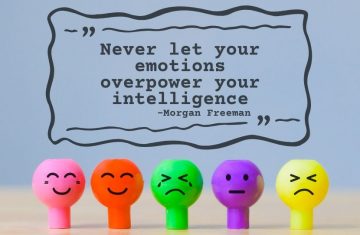Organizational behavior (OB) isn’t just an academic concept—it’s a powerful tool that can help your company become an employer of choice and a truly valued business partner. At its core, OB is the systematic study and application of knowledge about how individuals and teams behave within the organizations they call their work-home.
Understanding organizational behavior can unlock insights into essential workplace dynamics such as job satisfaction, performance, engagement, and organizational commitment. As an executive coach, I’m increasingly focused on the role OB plays within my client organizations. This work involves peeling back the layers to understand its impact at every level—from individual leaders to senior leadership teams to the organization as a whole.
If you’re in the C-suite or HR, it’s imperative to grasp how behavioral patterns are influencing your outcomes. Are business goals being met? Is employee turnover higher than it should be? These questions often trace back to organizational behaviors.
Want to understand how your leaders’ personalities are affecting team morale? Start by analyzing team dynamics. Curious about how your company culture is influencing employee commitment? A broader organizational analysis is essential.
Keep in mind, organizational behavior matters—because it directly impacts what your employees care about most. Leaders who embrace OB as a strategic priority foster stronger collaboration, healthier working relationships, and a reduction in the kind of stress that often leads to conflict and burnout.
So, how can you improve organizational behavior in your company?
Start by developing your leaders. One-off training sessions won’t suffice. Transformational change requires a commitment to continuous coaching, development, and reinforcement. Building leadership competencies is not a checkbox exercise—it’s a long-term investment in the people who shape your culture and performance.
If you want to shift the trajectory of your organization, start with behavior. It’s not just smart business—it’s the human thing to do.




